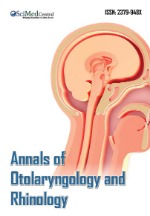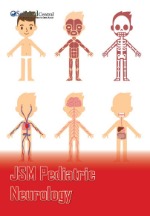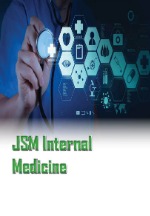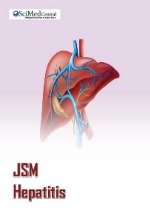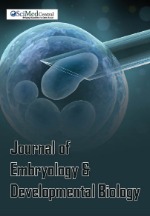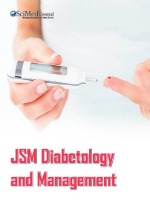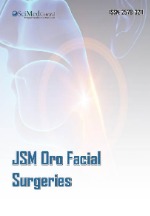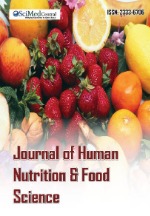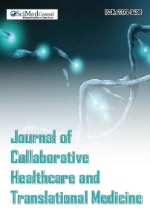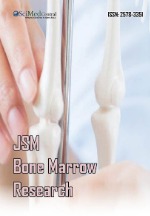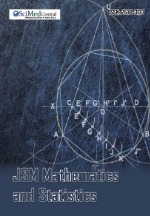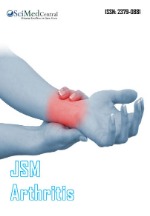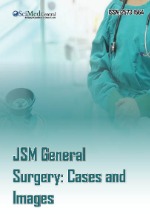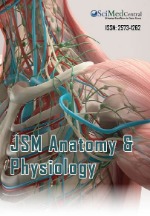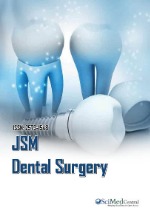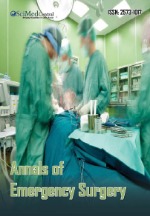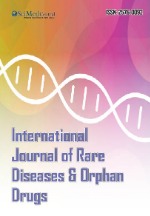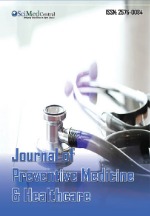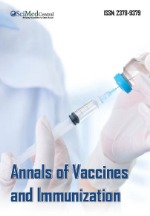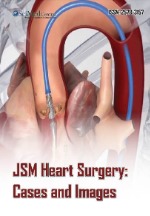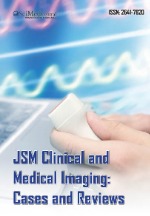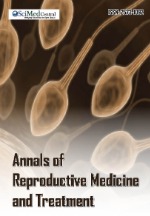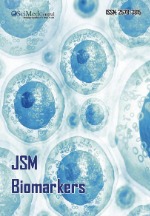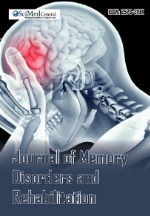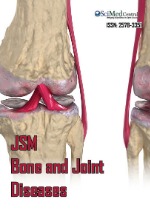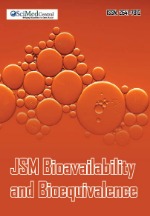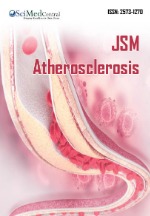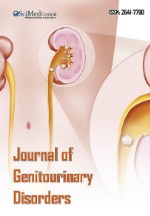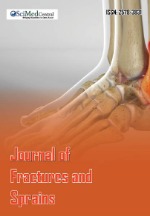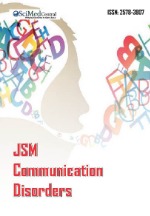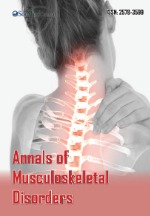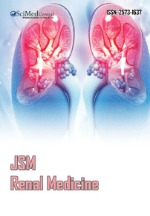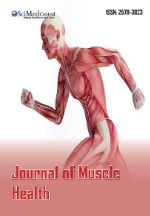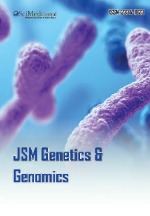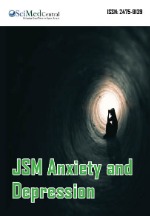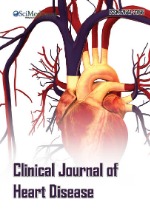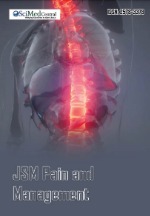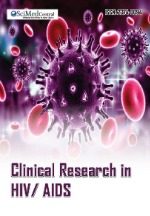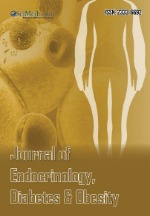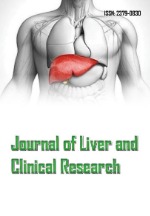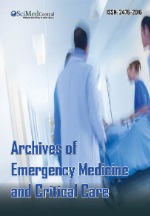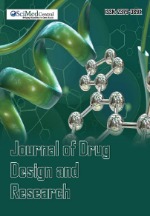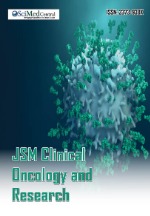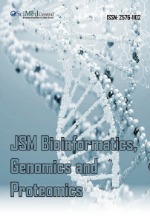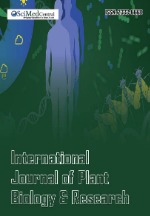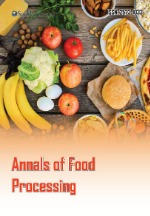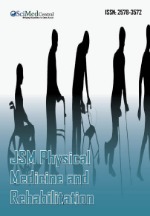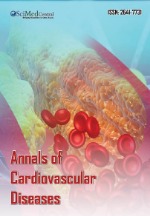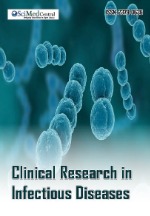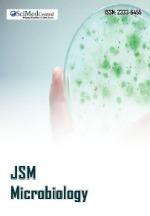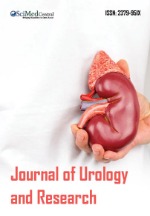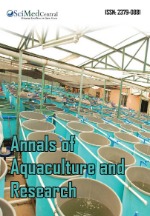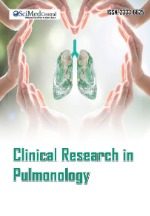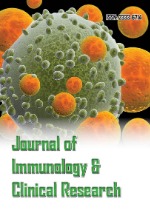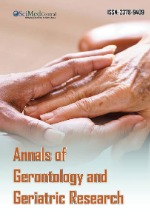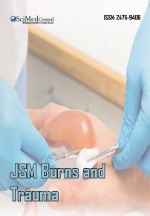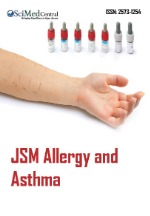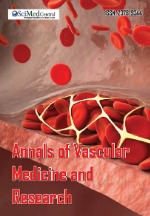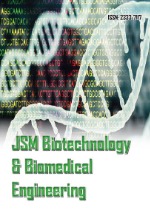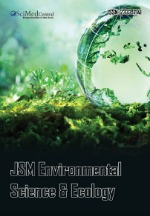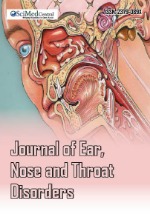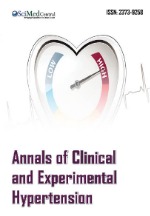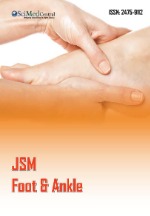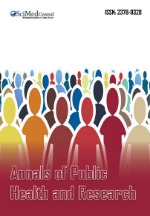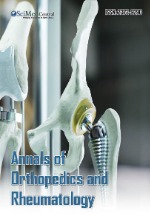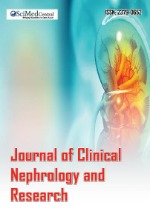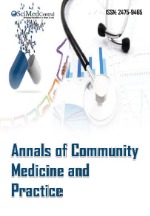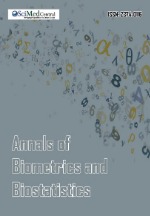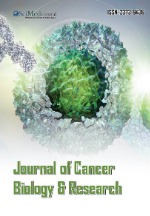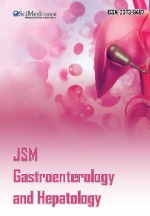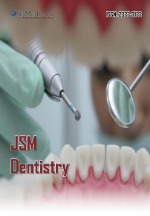Carbon Accounting May Mislead Decisions of Beef Cattle Consumers
- 1. National Council of Investigators Científicas and Tecnicas, Institutes of Ciencias of Tierra and Ambientales of La Pampa, Mendoza 109, L6302EPA, Santa Rosa, La Pampa, Argentina
- 2. GPS Group Países Productores del Sur, Billinghurst 2564-4° floor, C1425DTZ Ciudad Autónoma de Buenos Aires, Argentina
- 3. Austral University, Paraguay 1950, S2000FZF Rosario, Santa Fe, Argentina
- 4. Faculty of Exact and Natural Sciences, National University of La Pampa, Argentina
ABSTRACT
The conflictive relationship between livestock production and global climate change is influencing decisions about the consumption of meat and milk products in high-income and well-informed societies. As a result, there is a growing concern within the livestock-business community. The debate arose still unanswered questions about approaches and methods used to assess livestock emissions -in particular cattle emissions- and their impact on the global environment. The Life Cycle Assessment (LCA) methods on the one hand and the Inventories methods (IM) on the other hand, release magnitudes of C emission that strongly differ from each other. The LCA is an analytical approach that accumulates on each ton of beef production the emissions occurring at the farm level and adds the emissions from sectors located in pre- and post-farm stages. In the case of IM, the method only computes on-farm methane and nitrous oxide emissions-expressed as ton C annually emitted/land unit-without accounting emissions from sectors out of cattle production. Based on IM, recent FAO statistics regarding all livestock species, cattle and crops show that the contribution of cattle to global emissions was less than 5%, far from the 14.5% to 18% estimated through LCA by two influential former FAO reports. Considering the debate on the use of alternative approaches is still alive and can modify the consumer’s opinion and influence beef trade, communication strategies need to rely on objective information that shows results from different scientific insights.
The conflictive relationship between livestock production and global climate change is influencing decisions about the consumption of meat and milk products in high-income and well-informed societies. As a result, there is a growing concern within the livestock-business community. The debate arose still unanswered questions about approaches and methods used to assess livestock emissions -in particular cattle emissions- and their impact on the global environment. The Life Cycle Assessment (LCA) methods on the one hand and the Inventories methods (IM) on the other hand, release magnitudes of C emission that strongly differ from each other. The LCA is an analytical approach that accumulates on each ton of beef production the emissions occurring at the farm level and adds the emissions from sectors located in pre- and post-farm stages. In the case of IM, the method only computes on-farm methane and nitrous oxide emissions-expressed as ton C annually emitted/land unit-without accounting emissions from sectors out of cattle production. Based on IM, recent FAO statistics regarding all livestock species, cattle and crops show that the contribution of cattle to global emissions was less than 5%, far from the 14.5% to 18% estimated through LCA by two influential former FAO reports. Considering the debate on the use of alternative approaches is still alive and can modify the consumer’s opinion and influence beef trade, communication strategies need to rely on objective information that shows results from different scientific insights.
KEYWORDS
- Beef production
- Carbon emissions
- LCA method
- inventory method
- Consumers’ behavior
CITATION
Viglizzo E, Ricard F (2022) Carbon Accounting May Mislead Decisions of Beef Cattle Consumers. J Vet Med Res 9(1): 1226.
ABBREVIATIONS
LCA: Life Cycle Assessment, IM: Inventory Method
INTRODUCTION
An influential report entitled Livestock Long Shadow, published in 2006 by the FAO´s Animal Production and Health Division [1], had considerable impact on meat consumers and raised concern within the livestock business community. Beyond the biogenic emissions of methane and nitrous oxide typical of livestock production activities, the report also accounted for other sources of carbon (C) emission. Thus waste ponds, manufacturing and application of fertilizers and pesticides for cropping animal feeds, on-farm use of fossil fuels, land conversion due to livestock expansion, organic matter losses in cultivated soils, land desertification caused by overgrazing and various post-farm processes such as those of processing, packaging, transporting, retailing and so on were included in the analysis. The authors concluded that “The livestock sector … globally is one of the largest sources of greenhouse gases (carbon) emissions…”, explaining “… about 18% of the global warming effect…”.
A later FAO’s report [2], entitled Tackling Climate Change through Livestock toned down the controversy. By revisiting available management practices to reduce emissions, the authors calculated that the contribution of livestock to global emissions was about 14.5%. Since then different approaches, methods and metrics to account for carbon emissions received increased attention.
Beyond the outstanding influence of both reports on public opinion, a debate arose about the approach and the methods that authors have used to estimate livestock emissions -in particular cattle emissions- and their global impact.
Here we propose to discuss how the use of different approaches and methods to estimate emissions in cattle can affect the behavior of well-informed consumers with high purchasing power.
MATERIALS AND METHODS
Relying on a conventional Life Cycle Assessment (LCA) approach the above-mentioned FAO reports based their calculations on IPCC guidelines, and the last one [2] introduced a computational tool [3] suitable for global assessment. The LCA is an analytical approach to assess the environmental impact at all the stages of a product’s life. The C footprint, expressed as the amount of C emitted per unit of product, is a quantitative measure that results from applying LCA. It may be disaggregated in different life stages, from the manufacturing of raw materials to primary production (“from cradle to the farm-gate”), or by summing the extra impact of transporting, processing, retailing and domestic waste (“from cradle to the grave”) of food products.
Following the LCA approach, a relevant global research compared the C footprint of 40 food products by measuring carbon emissions per 100 g protein production. Based on five environmental indicators, the authors surveyed the overwhelming amount of 38,700 farms in 119 countries, as well as 1600 post-farm activities. Typically, emissions from animal products (beef and other meats, eggs, dairy) contributed 56- 58% of total food emissions, exceeding in the case of beef many times those of the plant-based products. Looking for reducing emissions from animal products, the authors wonder if it would be more effective to manipulate the production process, or simply to discourage the consumer demand. They predicted a reduction of about 49 % in C emissions by moving to a diet that excludes animal products, suggesting that the price should reflect C load of food through environmental labels, taxes or subsidies.
Although its predominance in developed countries, some critics warn that the C footprint does not adequately reflect emissions from the livestock sector. People in the food business consider that charging animal products with the emissions from other sectors (e.g., input manufacturers, transporters, processors, etc.) may biased the consumer´s perception and cause commercial damage, in particular in the case of the beef industry. As an option, they propose to inventory only those emissions of methane and nitrous oxide, which are all biogenic emissions strictly attributable to cattle production activities.
RESULTS AND DISCUSSION
Results may drastically change if calculations follow the way of inventorying only methane and nitrous oxide emissions in cattle, without accounting emissions from sectors out of cattle production. Based on the IPCC [4], recent FAO statistics [5], regarding all livestock species, cattle and crops show that the contribution of cattle to global emissions may be less than 5%, far from the 14.5% to 18% estimated by Stanfield et al. [1] and Gerber et al. [2] in former FAO reports. Furthermore, given the increasing share of fossil fuels since the 1990s, the contribution of livestock and crop products to global emissions seems to show a consistent downward trend (Figure 1). These data simply demonstrate the decreasing influence of agricultural activities on global emissions and the limited foundation of some alarms regarding the potential impact of cattle production on global warming.
The evidence indicates that the debate about alternative approaches and methods to assess carbon emissions in the beef industry is far from clear and deserves further investigation (Figure 1).
Figure 1 Electrospun nanofibers membrane of poly-ε-caprolactone visualization after 21 days of human Osteoblasts culture (Cells visualization in blue (nucleus /DAPI) and PLLFITC labelled nanofibers in green): colonization and proliferation of osteoblasts into the nanofibers membrane.
CONCLUSION
No method for accounting for carbon appears to be better than another for assessing emissions in the beef industry. They simply reflect different ways of evaluating a single common problem. This debate is open and requires sound arguments to support alternative points of view. Considering that the outcome of alternative approaches has the potential to modify the public opinion and the consumer´s perception, with implications on trade relationships as well, differences among them require a more careful analysis and communication. In times of increasing environmental concern, looking at the same problem from different insights help consumers to get a more complete picture of reality, strengthen their critical judgment and improve their decisions.
ACKNOWLEDGEMENTS
We acknowledge the silent contribution of some colleagues that supported this manuscript with valuable and sensible opinions.
REFERENCES
- Steinfeld H, Gerber P, Wassenaar T, Castel V, Rosales M, de Haan, C. The Livestock´s Long Shadow. Food and Agriculture Organization of the United Nations. 2006 (FAO) Rome.
- Gerber PJ, Steinfeld H, Henderson B, Mottet A, Opio C, Dijkman J, et al. Tackling climate change through livestock – A global assessment of emissions and mitigation opportunities. 2013; Food and Agriculture Organization of the United Nations (FAO), Rome.
- FAO/GLEAM. The Global Livestock Environmental Assessment Model. 2009; Food and Agriculture Organization of the United Nations (FAO), Rome.
- IPCC. Guidelines for National Greenhouse Gas Inventories (H. Eggleston, L. Buendia, K. Miwa, T. Ngara, K. Tanabe, Eds). Institute for Global Environmental Strategies, 2006; Japan.
- FAOSTAT. 2021.
- EDGAR. Emissions database for Global Atmospheric Research. 2020.
- Our World in Data. 2020.



